Not only known as a traditional silk village, Van Phuc village in Hanoi’s Ha Dong district is also a revolutionary address where Uncle Ho wrote the appeal on national resistance war.
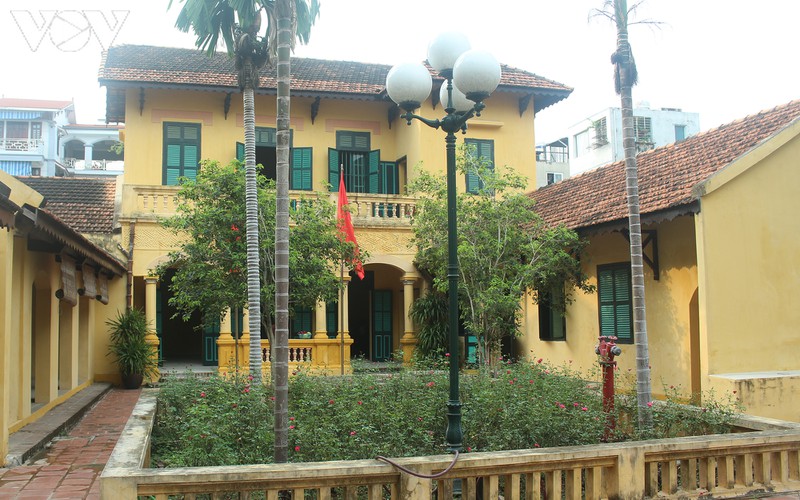
The house where President Ho Chi Minh lived and worked in December 1946.
He wrote the appeal calling the whole Vietnamese people to stand up and fight
the French invader, opening the war of resistance of the Vietnamese nation.
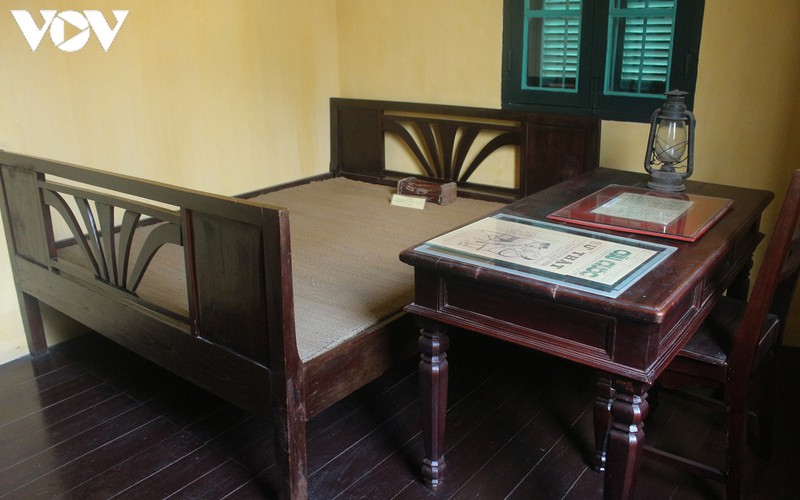
The owner of the house, Nguyen Van Duong, put aside the second floor of
the house for President Ho Chi Minh and the Vietnamese delegation to work from
December 3-19, 1946. Uncle Ho’s bed and working table are kept as they were.
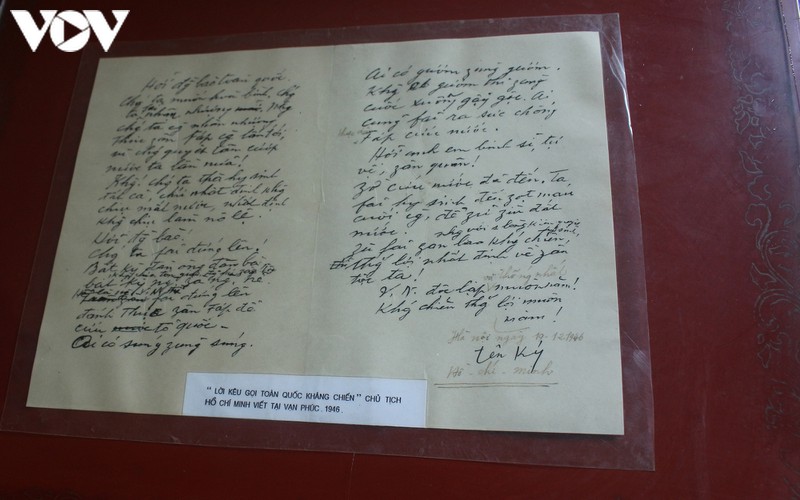
President Ho Chi Minh chaired a meeting of the Standing Board of the
Communist Party of Vietnam on December 18-19, 1946, putting forth the guideline
for the national resistance war and adopting the appeal on national resistance
war.
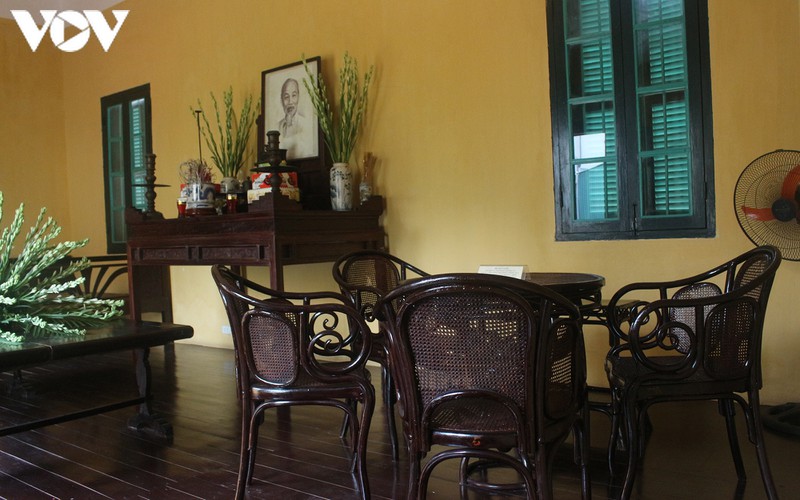
A rattan table and chairs where Uncle Ho sat and worked with cadres in
the Party.
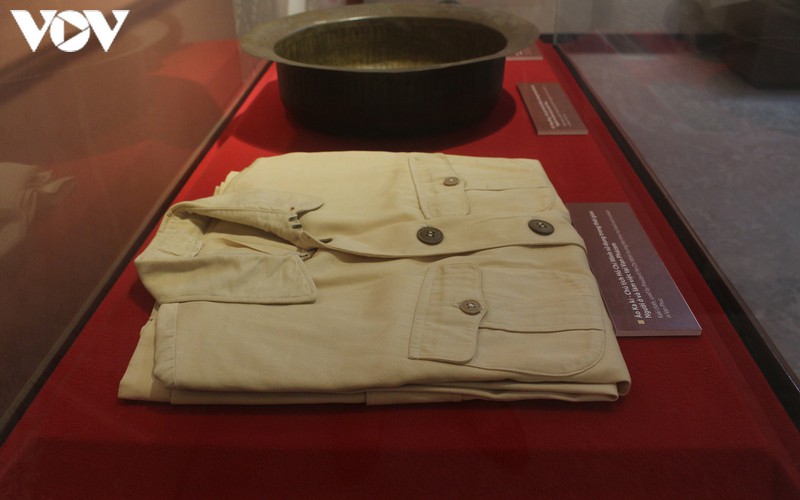
Some exhibits of Uncle Ho on show. In the picture is Uncle Ho’s shirt he
often wore when he lived and worked in Van Phuc village.
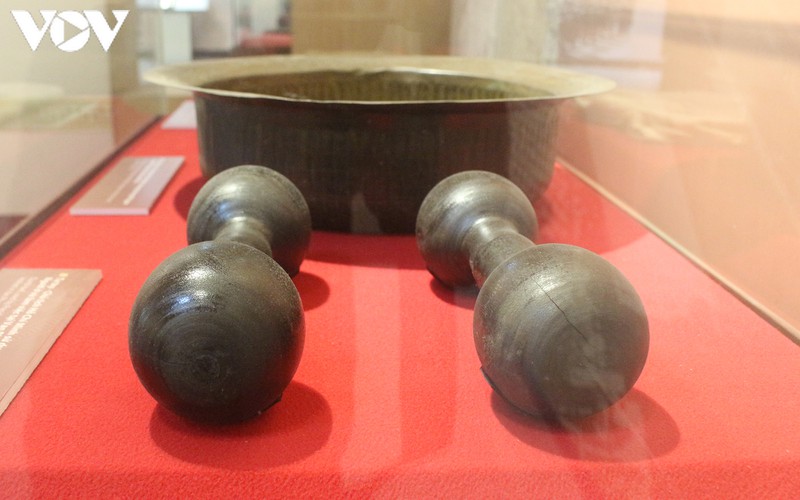
The hand weights that Uncle Ho used for exercise during the time in Van
Phuc village.
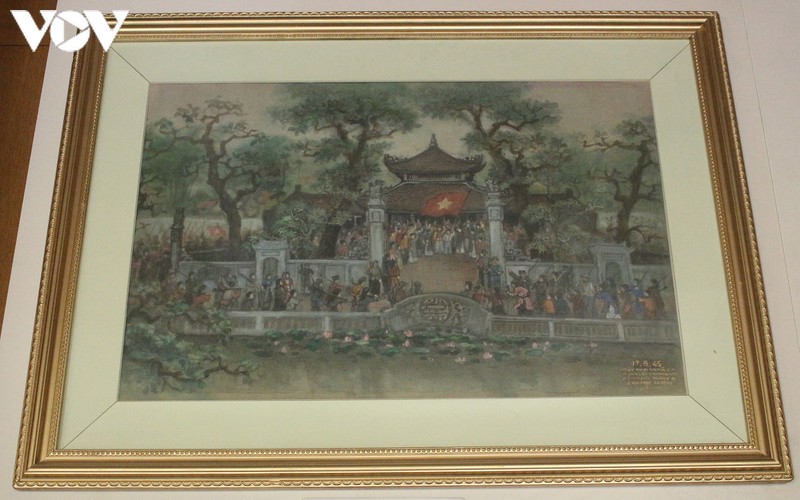
A picture illustrates Van Phuc village’s residents joining the fight for
administration on August 17, 1945.
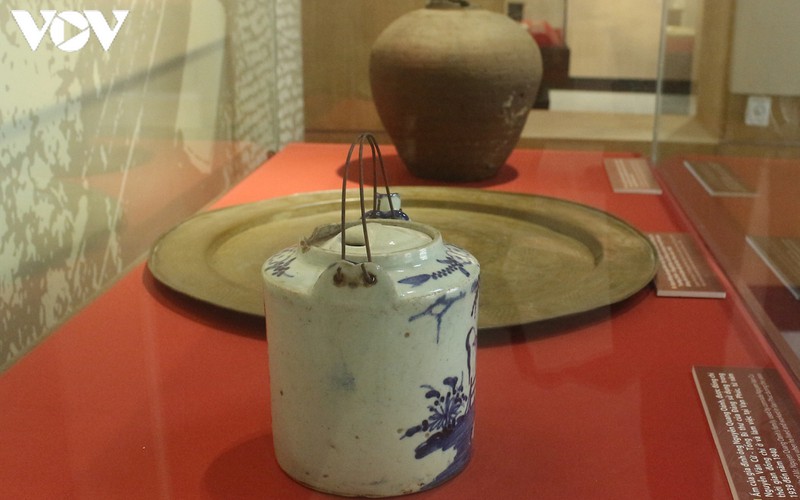
From 1938 to 1945, Van Phuc was the safety zone of the Party Central
Committee. Many high-ranking Party officials came here to work to set up
revolutionary bases. Some memorabilia still remains, including the pot of Mr.
Nguyen Quang Oanh’s family used by comrade Nguyen Van Cu, Party General
Secretary, when he lived and worked in Van Phuc from 1939 to 1940; and the
bronze tray of Mr. Nguyen Van Chut's family used by comrade Truong Chinh, Party
General Secretary, when he was in the village in 1940.
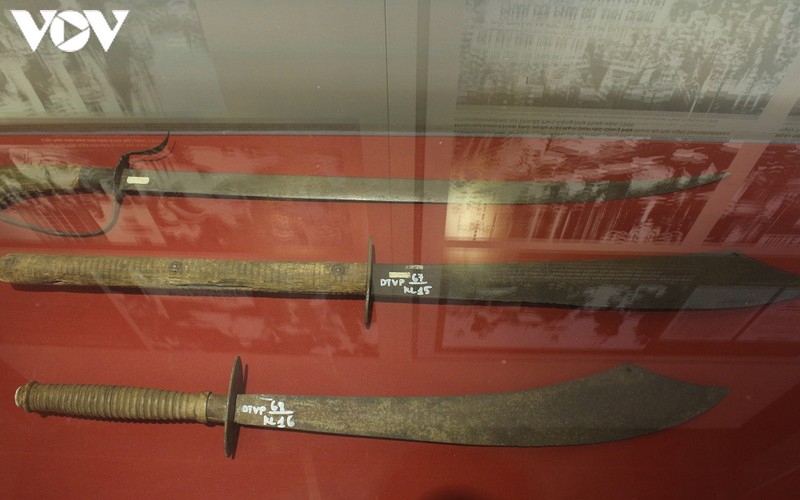
Weapons used by Van Phuc village’s residents during the resistance war

The house was recognized as a national relic in 1975 while the original
version of Uncle Ho’s appeal on national resistance war was recognized a
national treasure in 2012 and is now preserved at the Vietnam National Museum
of History.
BTA (Photos: VOV)